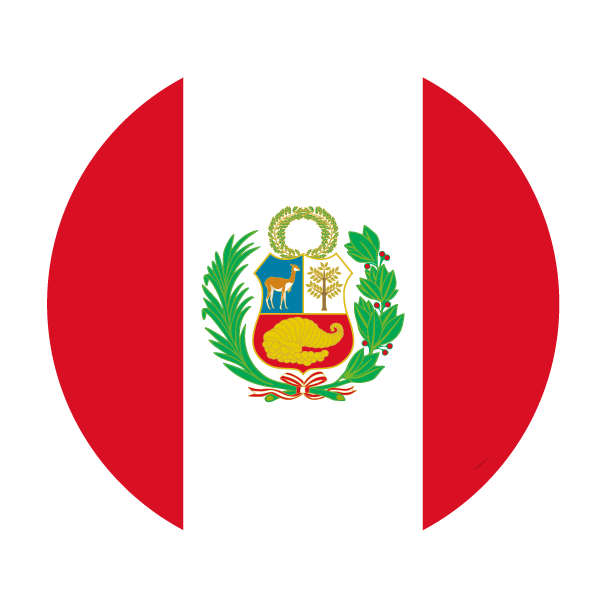Gonzalo Falcone has a mission: to double SURA Investments’ business — a goal that is getting closer each day.
Falcone is optimistic about Mexico’s potential to drive the company’s growth.
SURA Investments was established in 2023 with a clear goal: to double its size within five years. Despite the volatility that has characterized markets in recent months, Gonzalo Falcone, the firm’s CEO, reports progress beyond expectations. This success stems from the company’s strategy and its ability to execute plans across various markets.
In an interview, Falcone emphasizes the potential of the Mexican market. Nearshoring and the gradual increase in worker retirement account contributions will be key to making Mexico the most important growth driver for SURA in the coming years.
In July 2023, SURA Investments was launched with the goal of doubling its size in five years. How is that goal progressing? Has recent market volatility affected it?
Gonzalo Falcone:
We’re doing very well. In the first year, we saw a 25% growth in assets under management (AUM), which is the industry standard. I highlight that first year because of the consolidation of businesses — we integrated operations across five countries with multiple companies. This was no easy task from the standpoint of internal teams, but we never neglected the client, and they appreciated that. The results speak for themselves: this year, we continue to grow at double digits, close to 20%. We’re managing around USD 21 billion across Latin America.
What opportunities are you identifying to maintain this growth pace?
GF:
SURA Investments has three business lines aimed at individuals, companies, and institutions. In Wealth Management — which provides financial advisory services for individuals — we offer both in-house and global products. But what sets us apart isn’t the products; it’s the advisory attribute. In Chile, this division is highly developed, and our goal is to replicate it in other countries, including Mexico.
Our advisory services include tax planning and succession planning, or inheritance, which are crucial for wealth building. In Wealth Management, Chile accounts for USD 5 billion of the USD 7.9 billion in assets. Mexico has USD 1 billion, and Peru, a much smaller market, has USD 1.3 billion. This highlights the growth opportunities in Mexico, where the potential market is estimated at USD 260 billion, and we only hold USD 1 billion. There’s enormous room for growth.
Among the three business units, which has the greatest potential in Mexico?
GF:
The smallest unit in terms of assets is Corporate Solutions, but it is our primary business in Mexico. This line, developed over the last 20–25 years in the country, includes employee benefit plans offered by companies, such as savings funds, pension plans, and corporate benefit programs.
This business manages USD 4 billion and has nearly 500 clients in Mexico — the only country where we operate this line. It has tremendous potential because these plans are highly effective for talent retention. With the nearshoring trend, companies need robust benefit standards for their employees or strategies to retain them. Our value proposition here is strong. However, we don’t currently see the possibility of expanding this line to other countries in the region.
Our Investment Management unit offers solutions for institutional investors such as pension funds, Afores, Family Offices, and insurance companies. With the upcoming increase in contribution rates, which will reach 15% in a few years, pension fund assets — totaling USD 300 billion in 2023 — are expected to double in five years and quadruple in 10. The asset pool is enormous.
Fixed income has dominated the market over the past two years. Does the decline in interest rates alter investor expectations and client demands?
GF:
Of the USD 21 billion we manage, USD 18 billion is in proprietary products, and USD 12 billion is in fixed income, reflecting client preferences. Wealth Management clients tend to be more conservative, making fixed income their natural asset choice. General insurers also heavily favor fixed income.
When interest rates rise, bond prices fall; when rates drop, bond prices rise. The impact is greater or lesser depending on the bond’s term. When rates are expected to decline, our recommendation for maximizing client gains is to shift to longer-term bonds to capture more significant effects.
We’ve worked hard to retain clients during a period when banks have been strong competitors. Now that rates are declining, we’re seeing substantial inflows.
What are the main challenges you see in the country?
GF:
For us, the challenges are about execution. In Wealth Management, we have a successful model that works in Chile and Peru, and we’re confident in adapting it for the Mexican market.
In Corporate Solutions, the challenge is maintaining growth as a market leader. Leadership makes further growth more complex. While nearshoring could be a catalyst, we also need to be creative.
In Investment Management, the challenge is bringing our established capabilities from other markets into Mexico to capture the growth in pension fund assets. The potential is there, and I am confident we will seize it. I am absolutely convinced that Mexico is the main growth driver for our organization, and we must make it a reality in the coming years.












